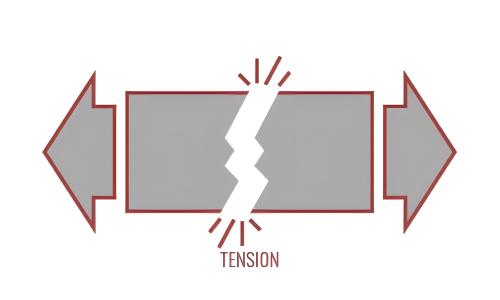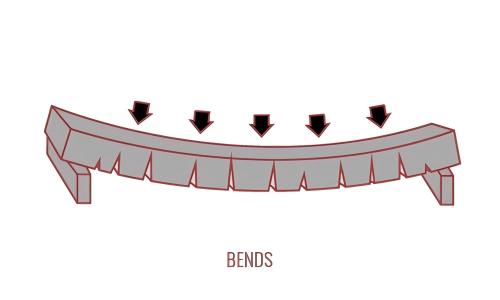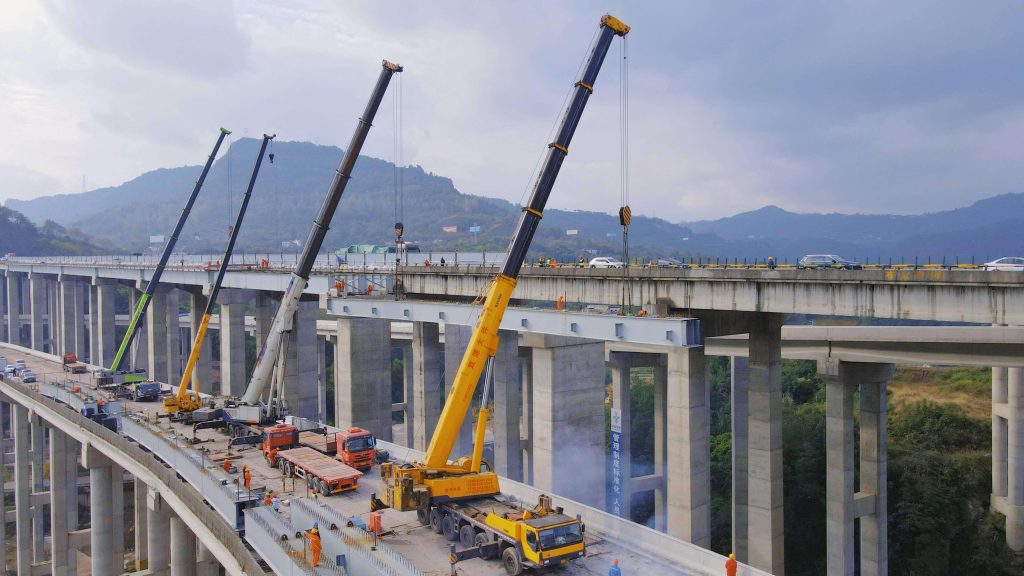RESIST TENSILE STRESSES
Concrete is strong in compression and have a high capacity to resist compressive forces. Compressive forces can be described as crushing forces. Compressive stresses are induced into the section to eliminate or reduce the tensile stresses.

CRACK PROOF
Conversely, steel is very strong in tension. It has a high capacity for resisting the forces that pull apart or bend it. Combining specially produced high tensile woven wire cables as the reinforcement with concrete or masonry, results in a product that can resist both compressive forces and tensile forces. In addition, substantial benefits can be achieved by using tendons to “squeeze the concrete together” or place it in compression. Compressing the concrete increases the bending strength of the member without which cracking will occur. By increasing the tensile strength of the member (making the concrete slab or masonry wall stiffer), a designer can achieve longer spans with thinner concrete sections.

LESS SHRINKAGE
Putting the concrete into compression also helps to resist the development of shrinkage cracks. Shrinkage cracks, while typically not detrimental to the flexural performance of the structure, can be unsightly and can allow the passage of moisture or termites. Generally, shrinkage cracks will develop in most cement based products as the water combines with the cement and the concrete cures (hardens). The more the concrete is “squeezed together”, the less likely it is that shrinkage cracks will develop or open.




